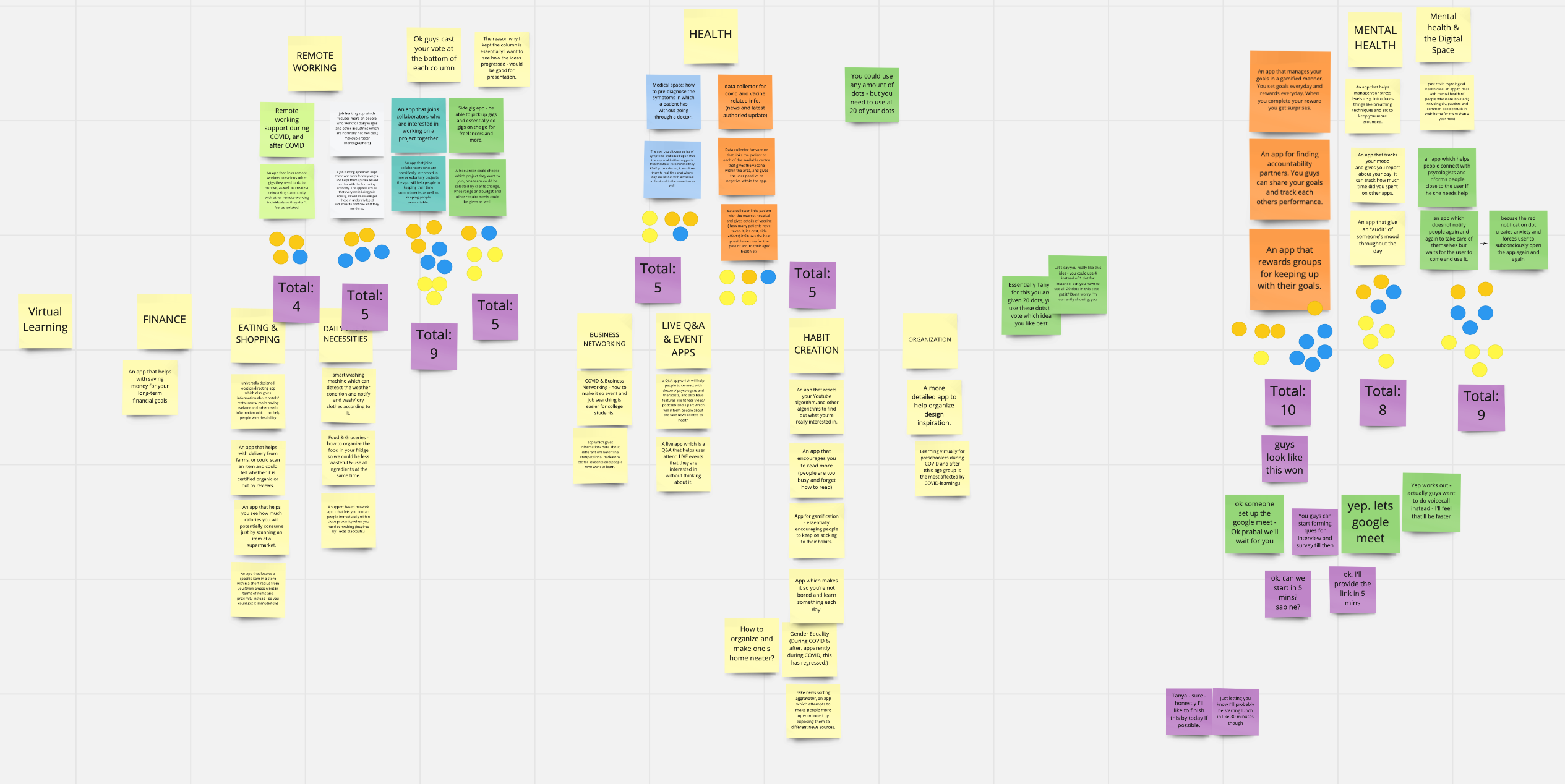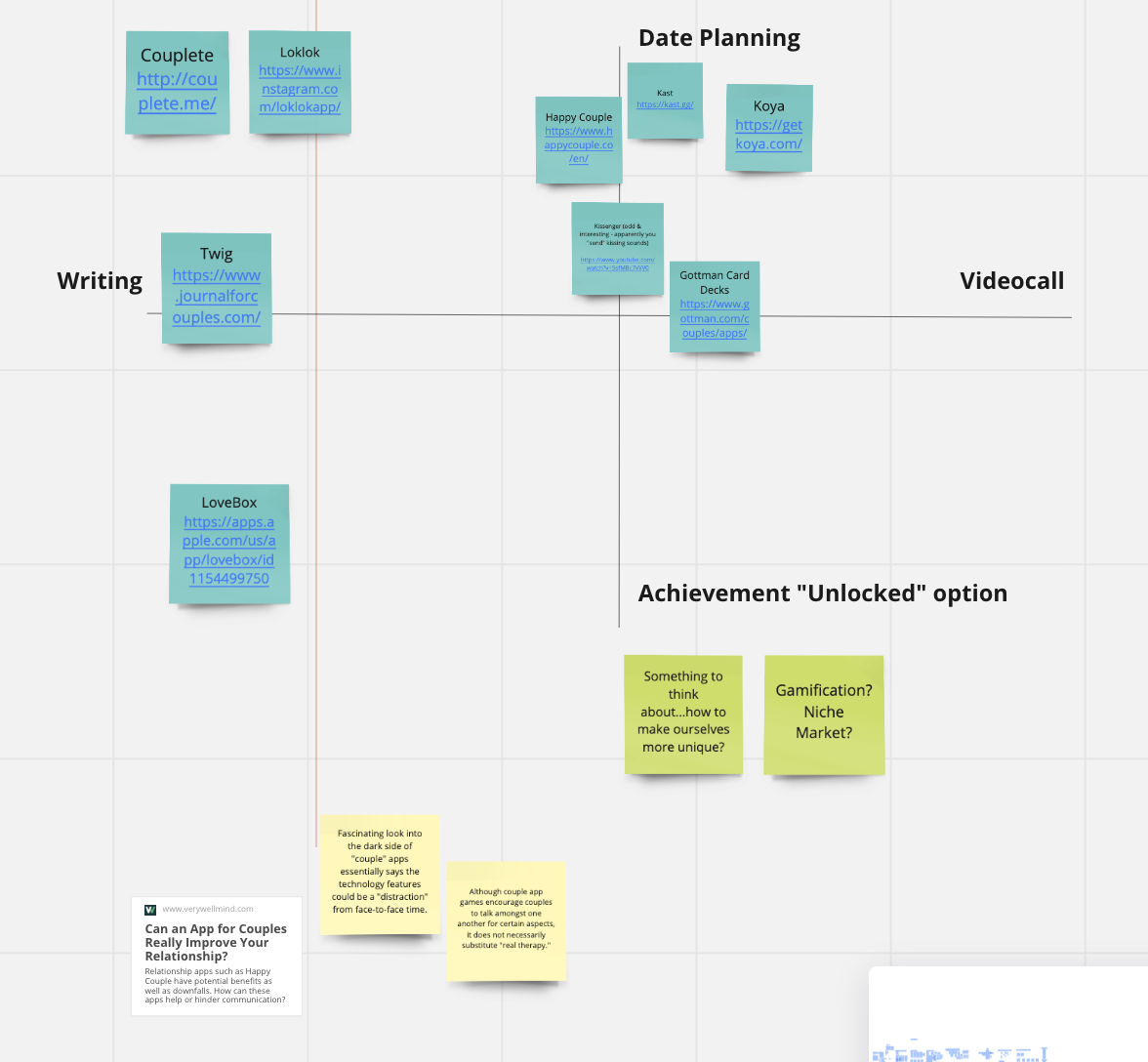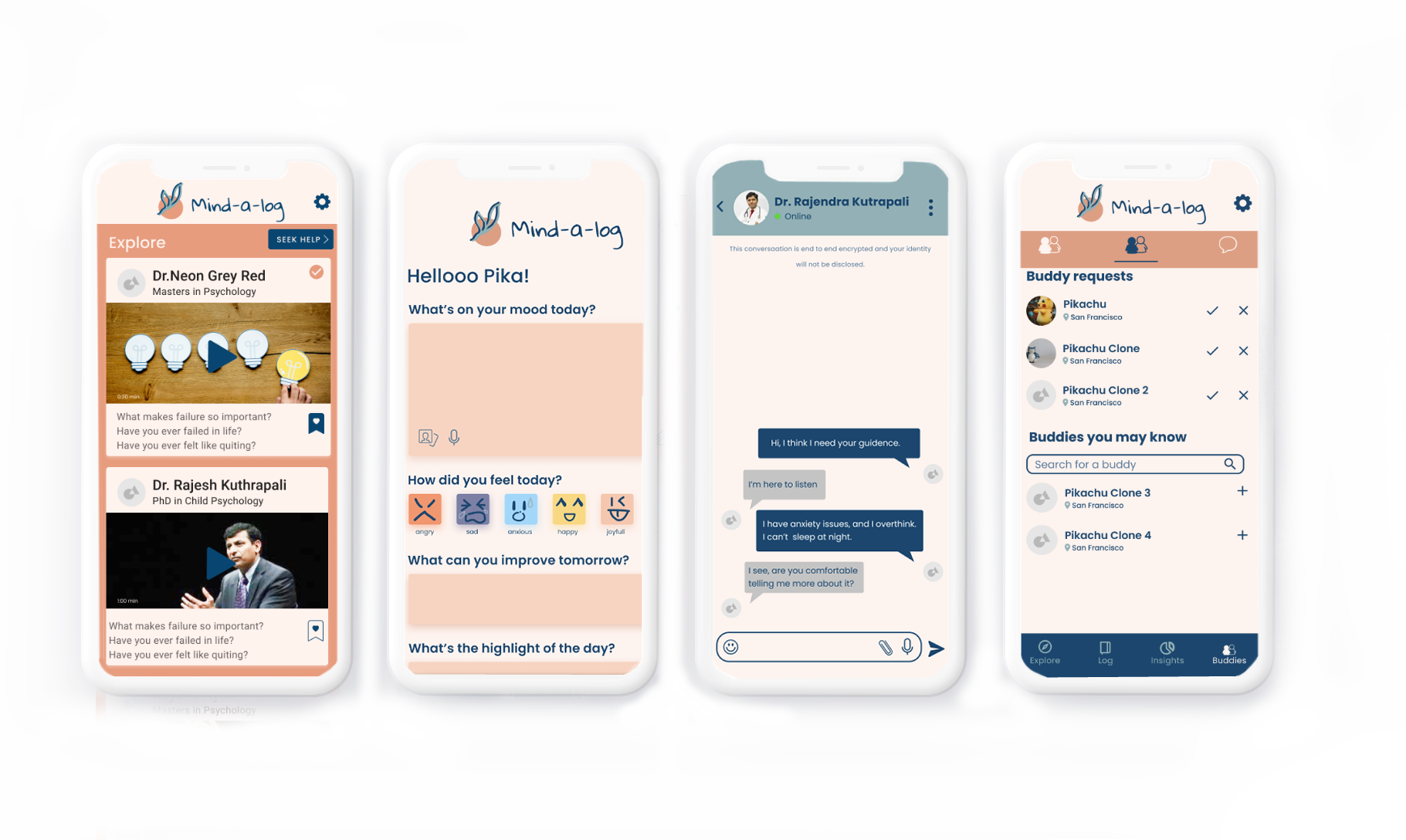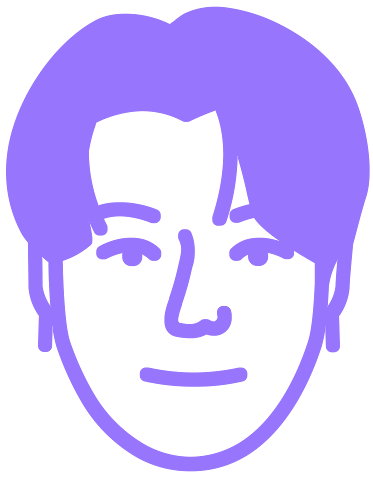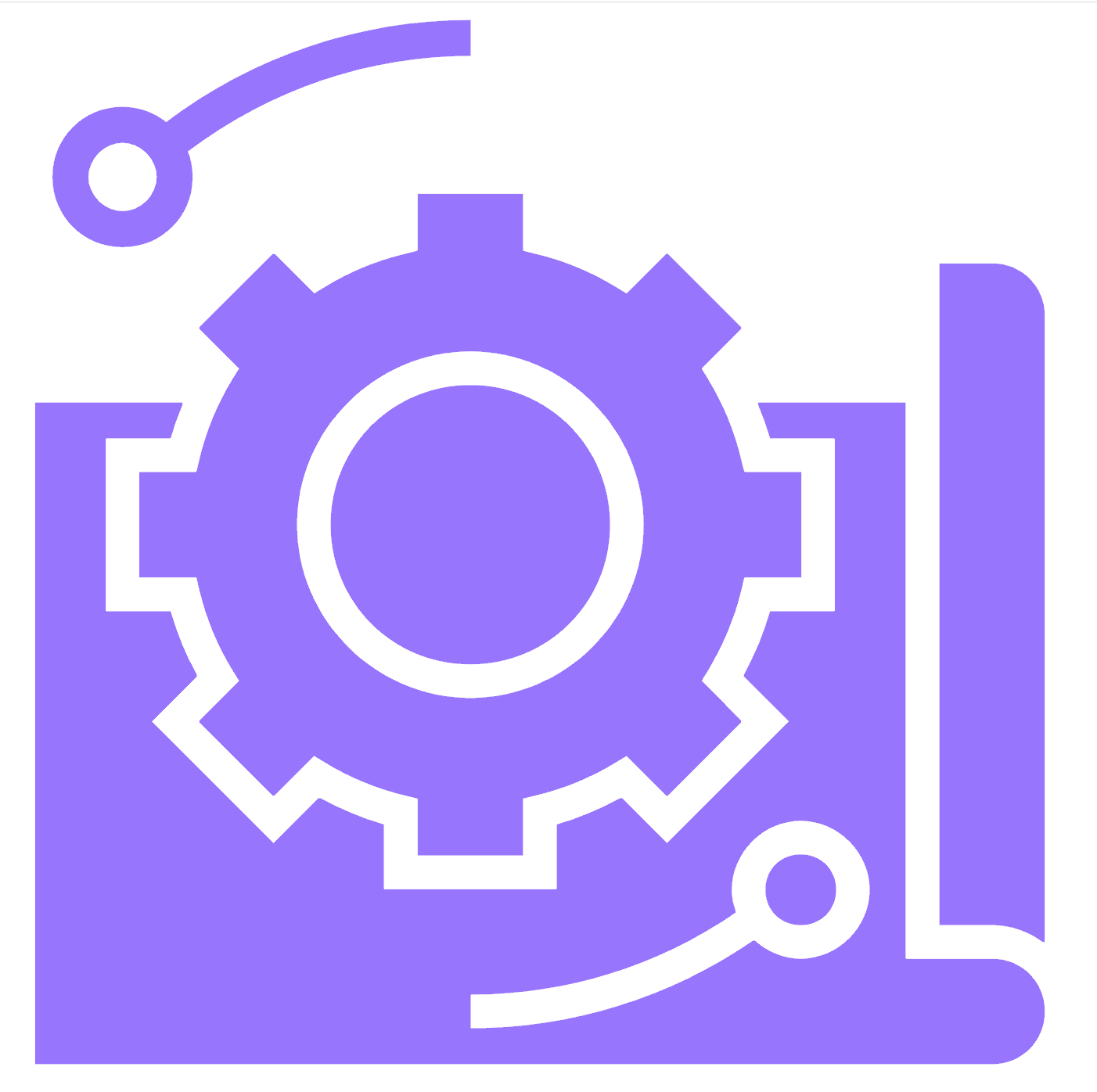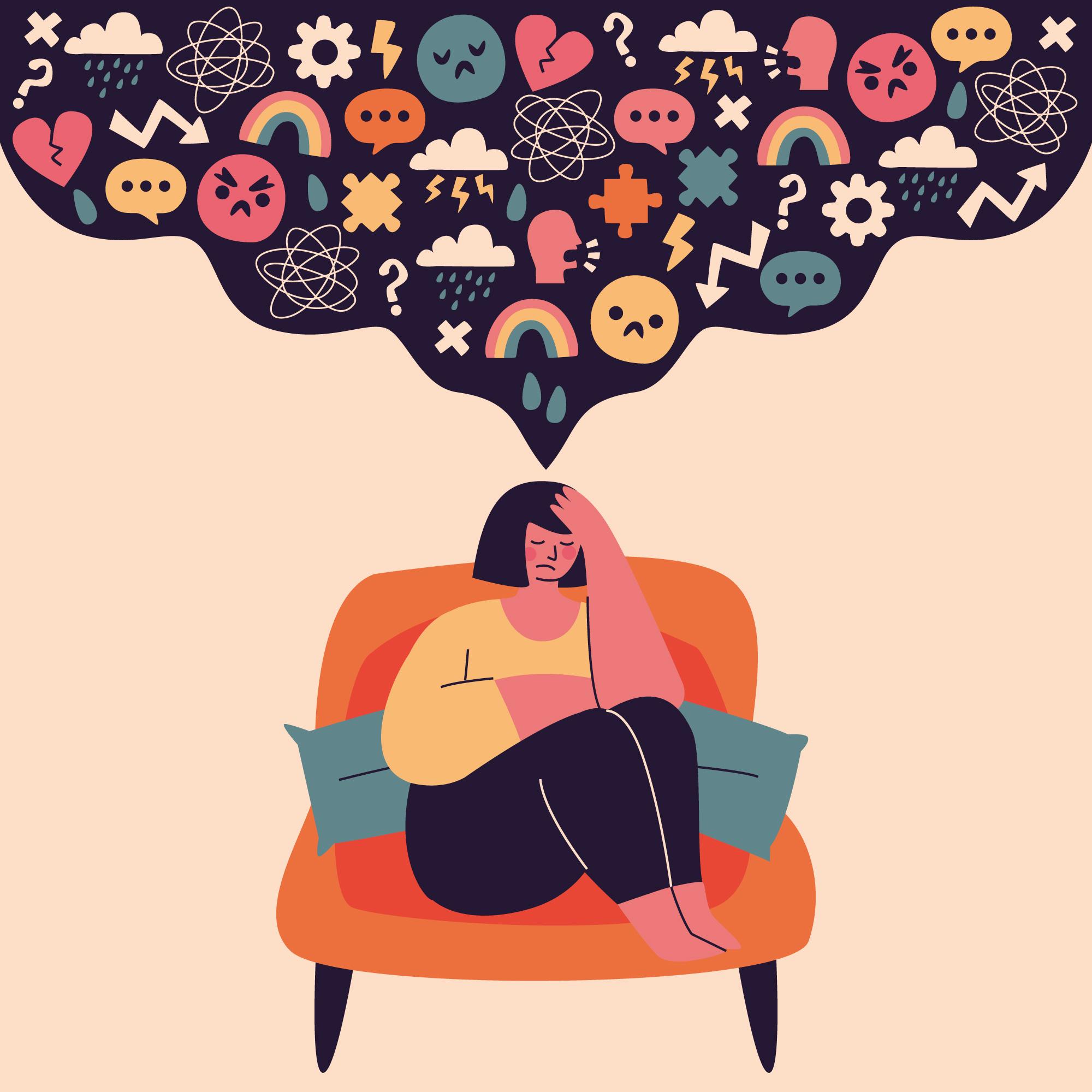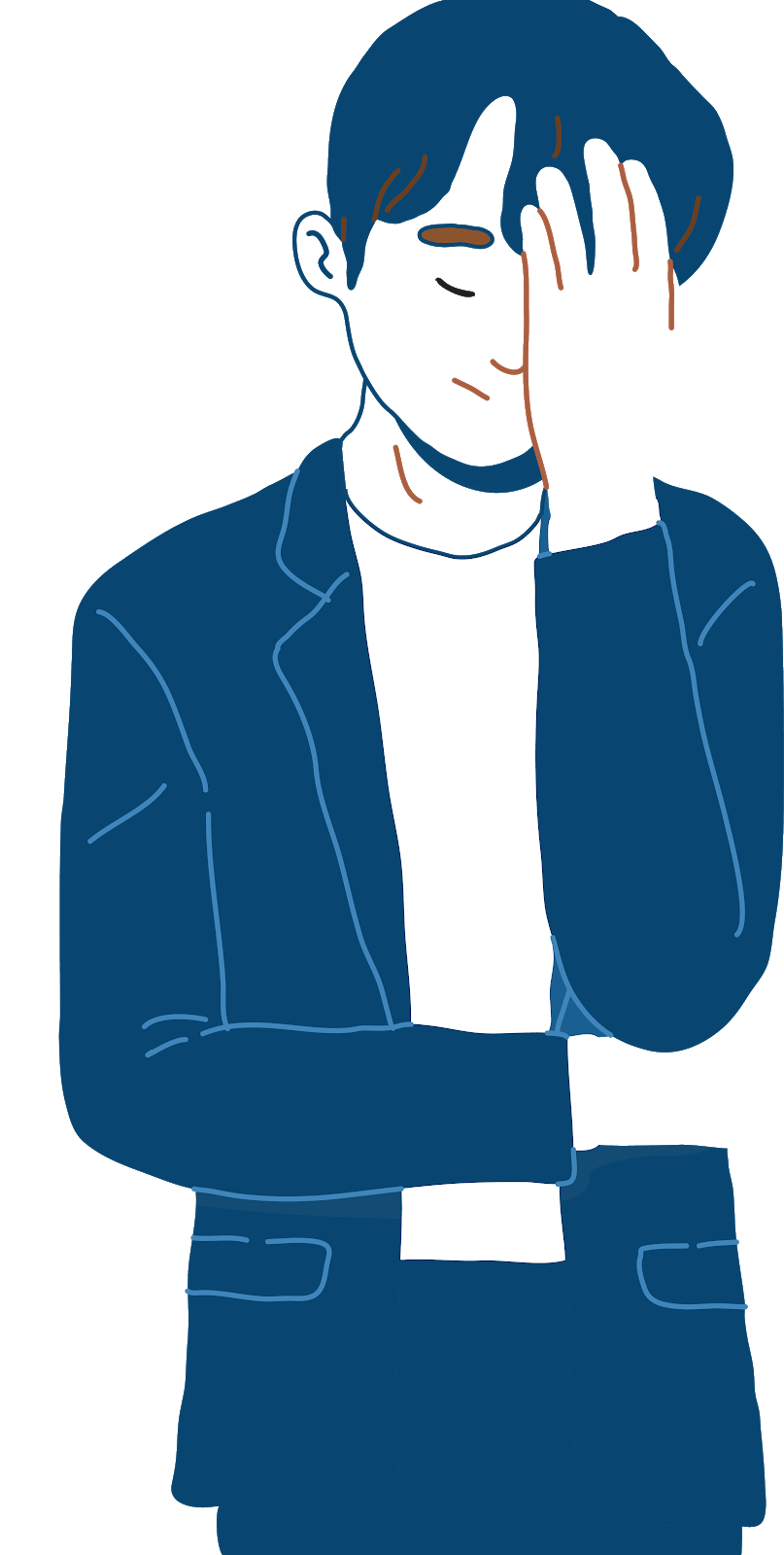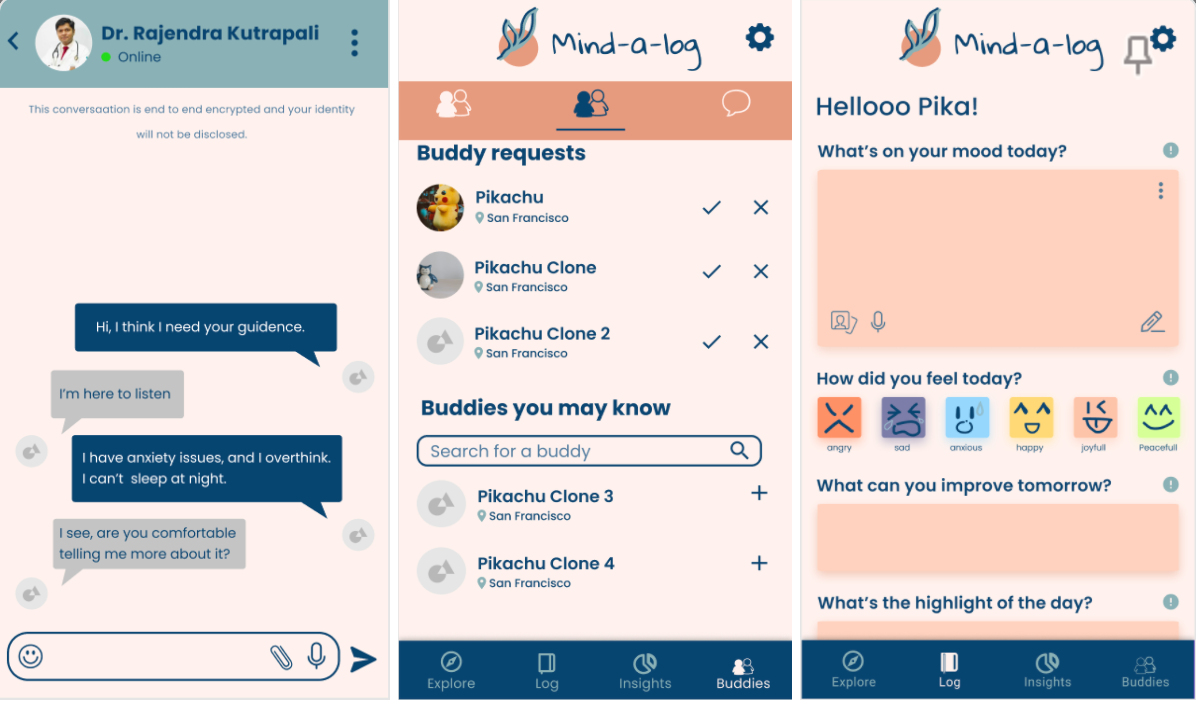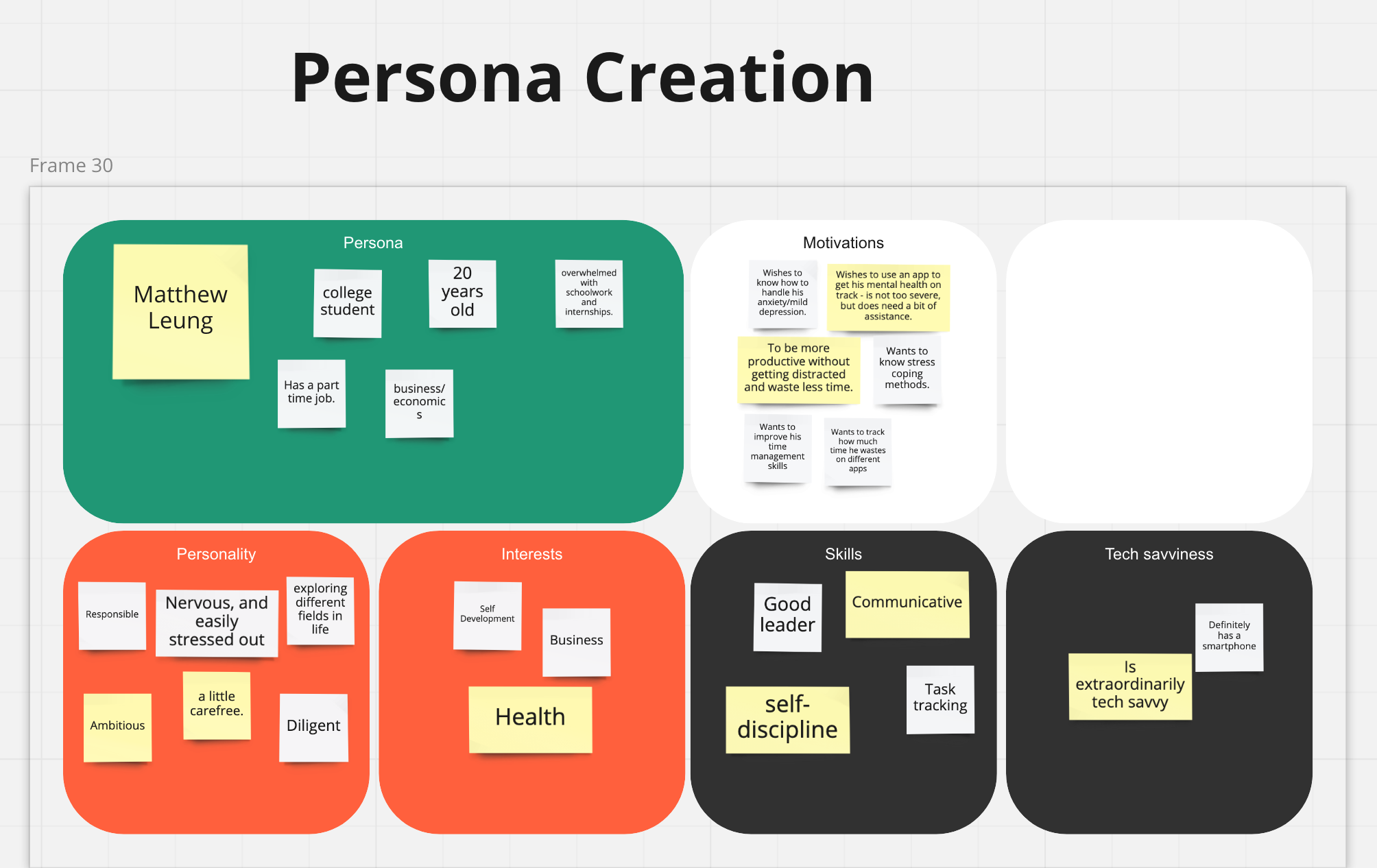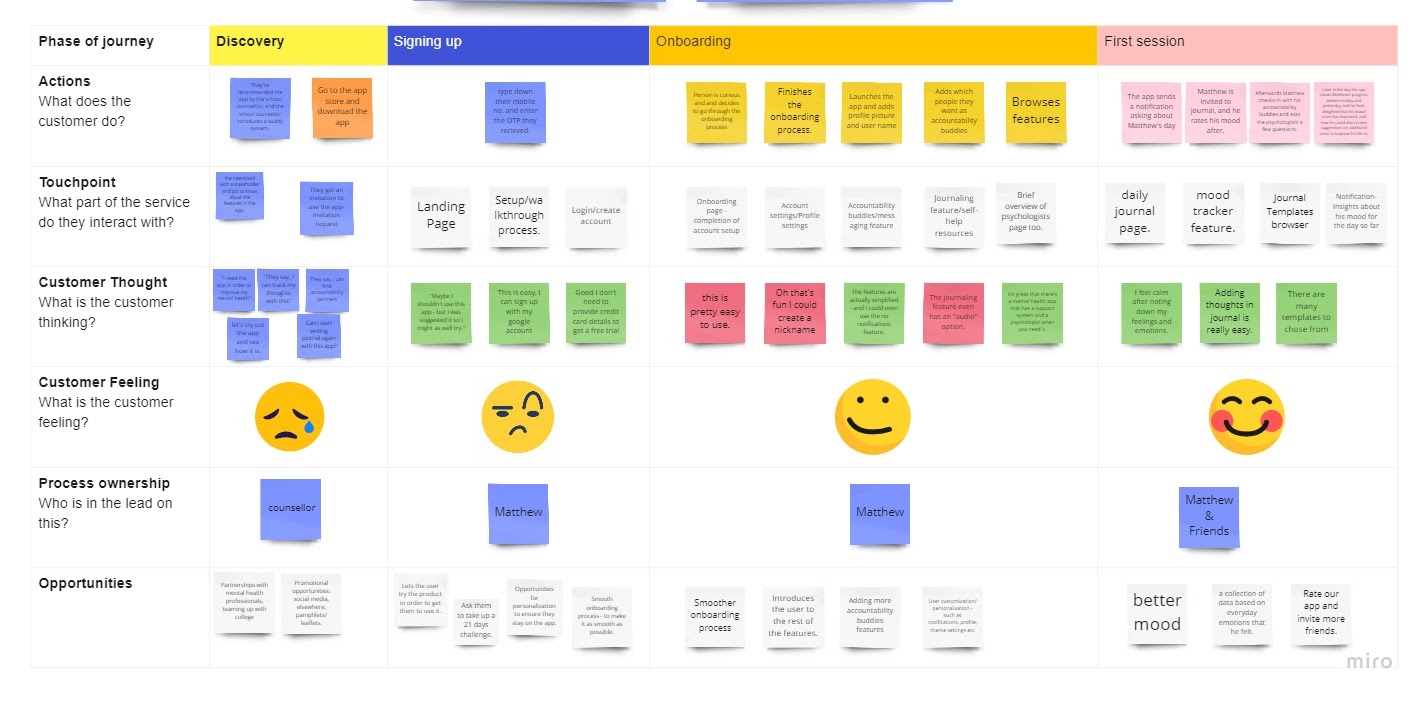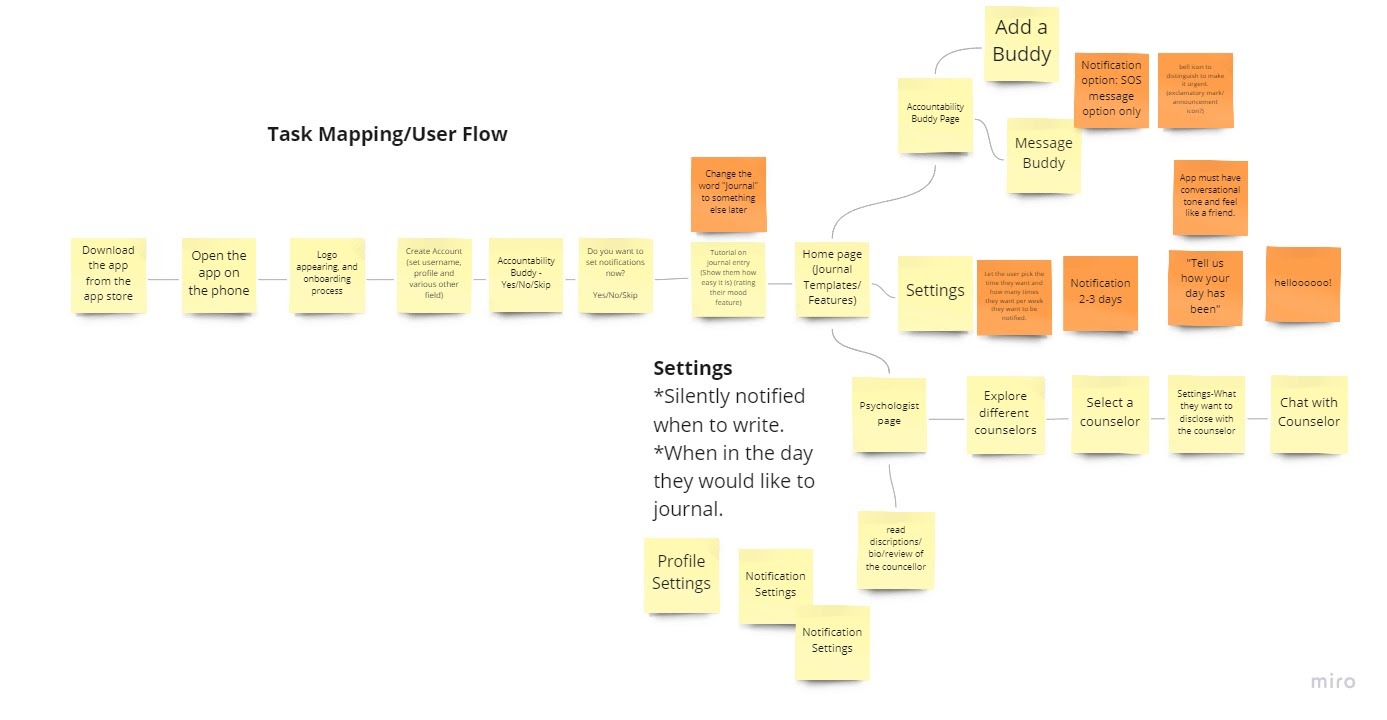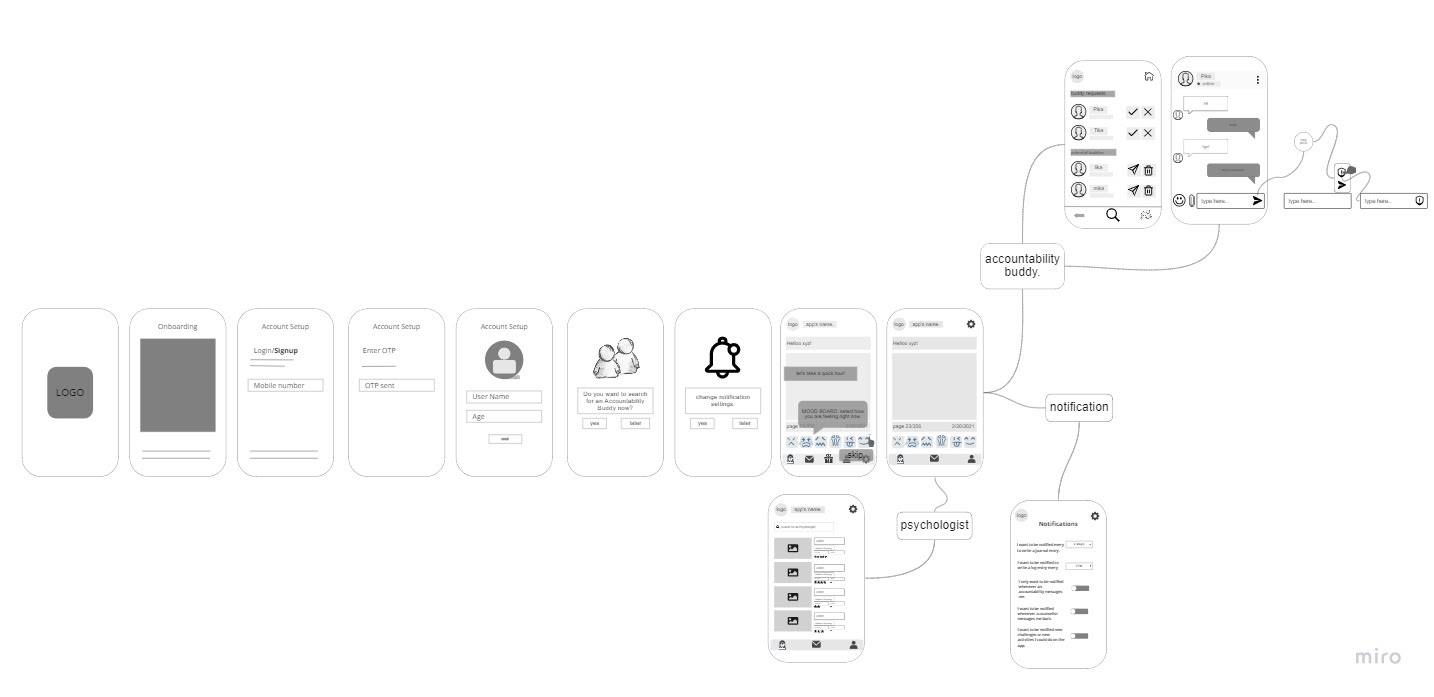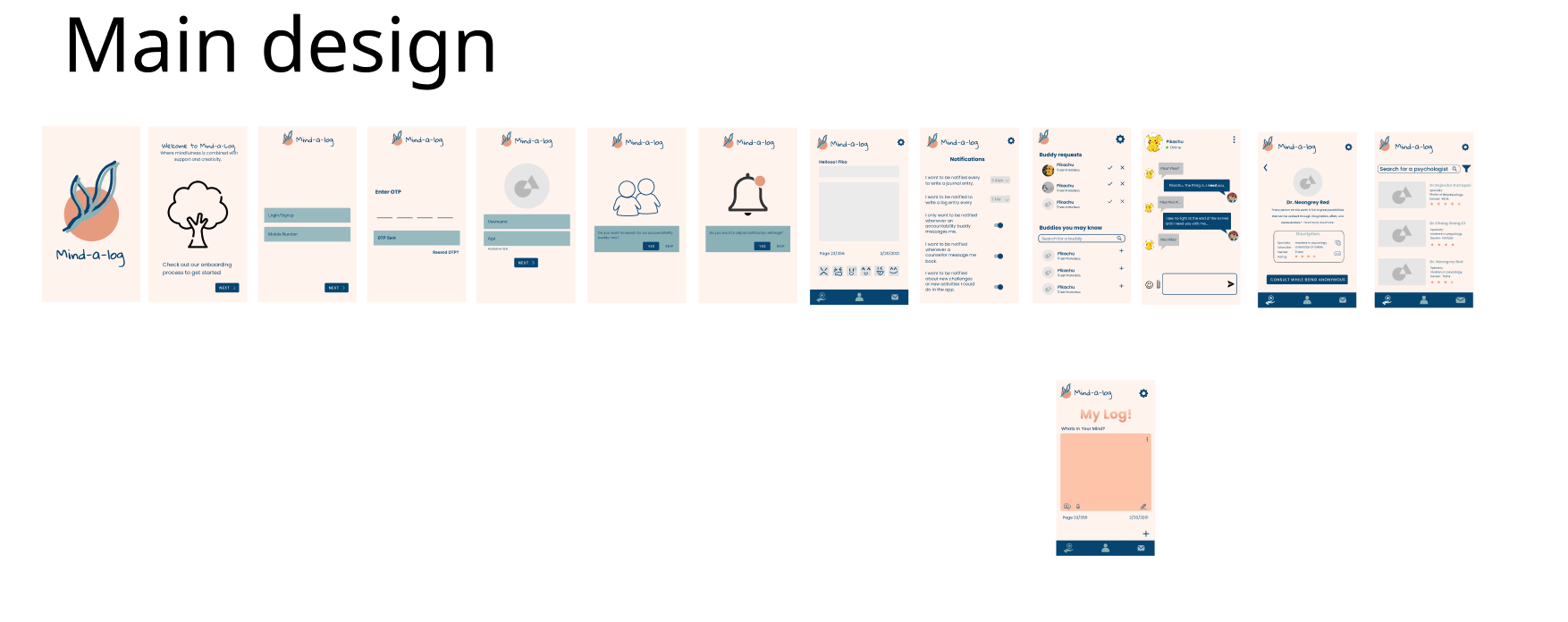Step 1: Brainstorming & Competitive Analysis
In order to determine which topics our group was passionate about pursuing - we used a technique called
brainwriting
in which one person writes an idea, and another person further elaborates on the idea that they were interested in.
Based upon this - we discovered that our group was most passionate about the concept of
mental health,
, thus, we decided upon this as our main topic.
Additionally, we also researched our competitors to determine which apps were currently existing within the mental health space. Based upon our findings, we discovered, although there were lots of mental health apps generally targeted towards teenagers and adults, there were barely any apps targeted towards youth. Thus, we decided to steer the app towards this direction.
